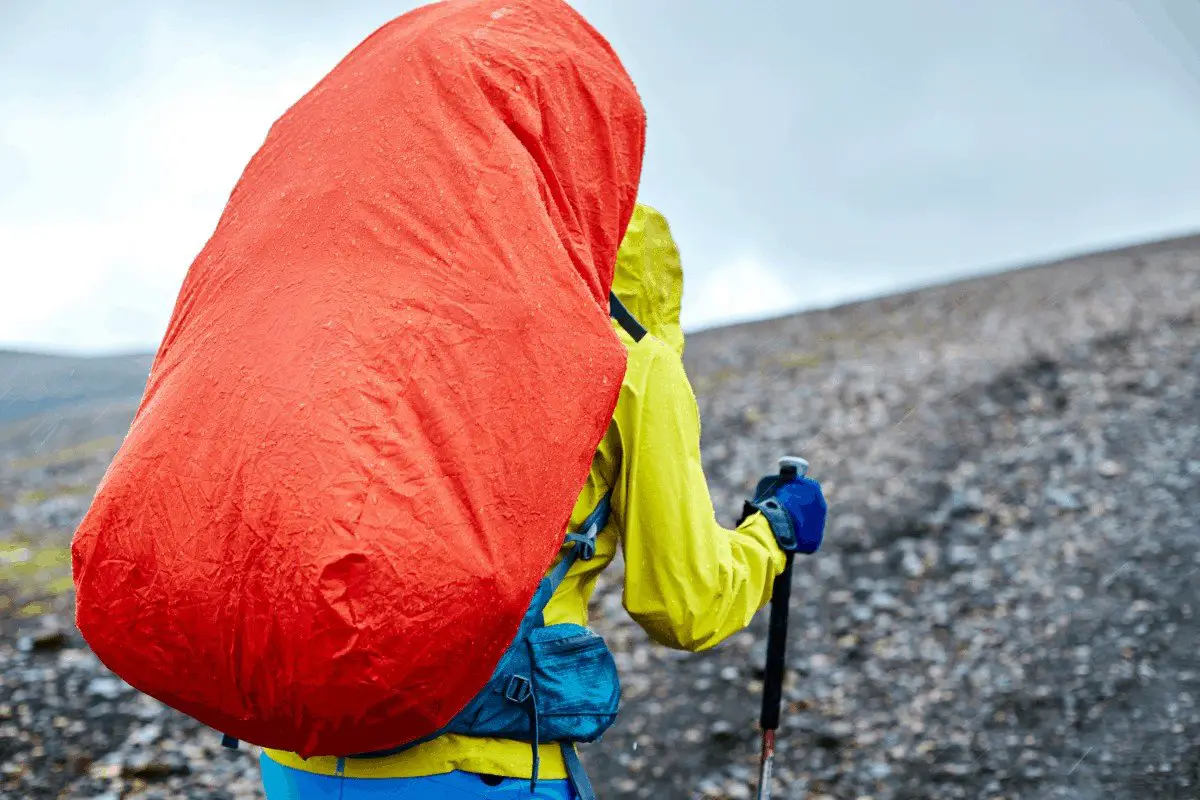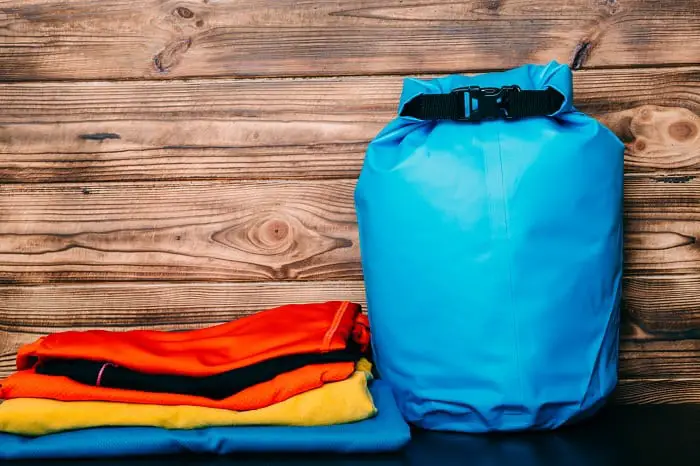Last Updated on June 11, 2022 by Ecorf
A backpack is one of the things you need anytime you’re going for an outdoor event. Whether it is camping or just hiking, you would need the bag to hold all your gears. That informs the reason why outdoor enthusiasts need to learn how to waterproof a backpack.
Table of Contents
Why You Should Learn How to Waterproof A Backpack
Why would you need to learn how to waterproof your backpack in the first place? The truth is that the understanding of that empowers you to secure the items inside without hassles. So, whether it is raining or there’s much moisture around, you can be confident that the backpack would protect your belongings and keep them dry.
Now, after mastering the tips that would be provided shortly, you wouldn’t be afraid of staying out in the open, even the weather changes. Without much ado, read further to discover the methods you can use to waterproof a backpack.
-
Use A Rain Cover
Every outdoor enthusiast should be prepared for the worst in that the weather can turn without notice. Besides the turn or change in the weather, you may realize that you would come in contact in different forms, such as puddles and streams.
The first step to protecting your backpack is to use a rain cover. In this instance, you would be looking at the use of the “built-in” waterproof material in the backpack. The fascinating thing about it is that the rain cover is securely stored in specific parts of the bag, such as inside a dedicated section in the inner part of the pack. You can also locate the rain cover at the outside of the bag.
Securing the backpack doesn’t prove difficult. You only need to pull out the cover in the case of an emergency like a downpour or a drizzle. You would then pull it over the bag to protect the inner part from getting soaked by rain or moisture.
-
Dry Bag
The dry bag is one secret that hikers and outdoor enthusiasts use to scale through the fog and rain in the course of their trips. Unlike the conventional backpack that needs additional protection against rain and moisture, the dry bag doesn’t need that. All it demands is to “keep moving.” Yes, you would keep moving because the job of protecting your valuables has been sealed by default when using the dry bag.
More so, the bag has dual purposes. It can either take the role of a backpack or be stored in a giant bag for additional protection of your gears. That is not leaving out the fact that the dry bag has the capacity to float because it traps little air.
Moreover, you should not expect that the dry bag can never be a substitute for the backpack. It can only hold the forth for a while, and may not function the same way as the backpack.
-
Use An Old Raincoat
You may have some old clothes (preferably an old raincoat) you’ve wanted to dispose of. Your hiking or any outdoor trip provides the opportunity to put them to good use. The rule of thumb is to bring out the old raincoat that looks less worn-out than the others.
Cut open the old raincoat and use the same to line the insides of the backpack. You would be amazed at the excellent insulation it offers. Likewise, you may want to use the extra pieces of the raincoat to line the exterior of the backpack by either flipping it over or stitching it to the outside of the bag.
-
Use A Waterproof Spray and A Seam Sealer
Insulation is the overall idea behind the quest to learn how to waterproof a backpack. Now, you may want to use the seamless and effective methods of achieving that – the use of a waterproof spray.
Worthy of note is that the waterproof spray may only be fully active in the protection of the backpack against the downpour. It can be fully productive when used in specific conditions like a light or medium drizzle. Besides, the spray may not guarantee a 100% success in the protection of the backpack when submerged but may do wonders when used in another scenario like preventing rain from seeping into the bag.
That said, the method of application is to coat the backpack using the waterproof spray. The job doesn’t end there. The spray may not be fully active in protecting the zippers and seams of the backpack. For that reason, you need to get a seam sealer, which, when applied, ensures that the zippers and the seams of the backpack are not affected by cold and extreme heat.
Pro Tip: There are more things to the combination of the waterproof spray and the seam sealer to waterproof a backpack. The first is that the bag must be washed and dried before the application of the spray. Second, ensure that you use a good spray from a reputable company. That is because some waterproof sprays out there may end up either causing the colors of the bag to fade or weakening the fabrics. Third and most important, you can apply a second coating only if the first coating didn’t offer the needed waterproof. Note that the use of the second coating is exclusive for the areas of the backpack that rub against your shoulder or the high abrasion areas, such as the underside of the bag.
-
A Plastic Bag or Liner Could Help
Some hikers and outdoor enthusiasts are sometimes weighed down by the costs of getting some of the methods mentioned above for waterproofing a backpack. If you’re in that category, you may want to try your hands on the use of a plastic bag or liner.
The plastic bag can be used to line the insides of the backpack. Otherwise, you may want to use the backpack liners, which are huge bags with sealed seams. The seams go inside the bag to hold any gears you may have. That way, your valuables would be kept dry even in the face of moisture and rain.
Waterproof Your Backpack
You can now see that there are no hassles in protecting your valuables when on any outdoor activity. So, get things started by using any of the ideas on the list that can help you in protecting your backpack.




